Written and photographed by Sarah Lillegard except as noted
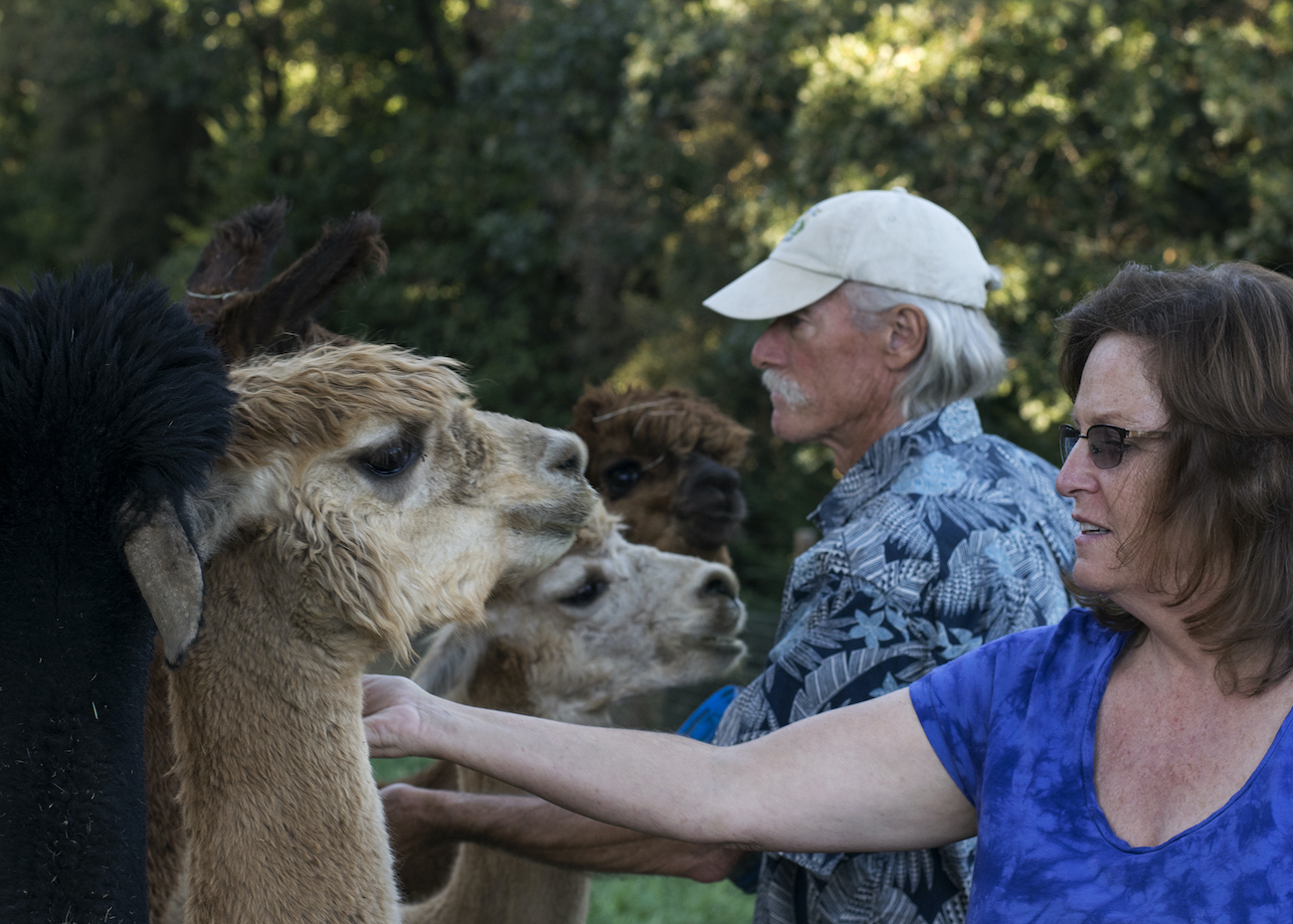
Creating a Space for Alpacas to Thrive
Sadie, at a week old, is running around the paddock dodging other alpacas as she makes her way up the hill and around the barn. She is one of two crias, (pronounced “kree-ah”) born this season at Sierra Rose Alpacas. Watching her unfettered laps through the herd is her mother, a few “aunts,” plus Cynthia and Howard Kuhlmann, the ranch proprietors. Tucked into the forest of Grass Valley, Sierra Rose Alpacas has been in operation since 2010, working with both the animals and the land to produce some of the finest alpaca fiber in the US.
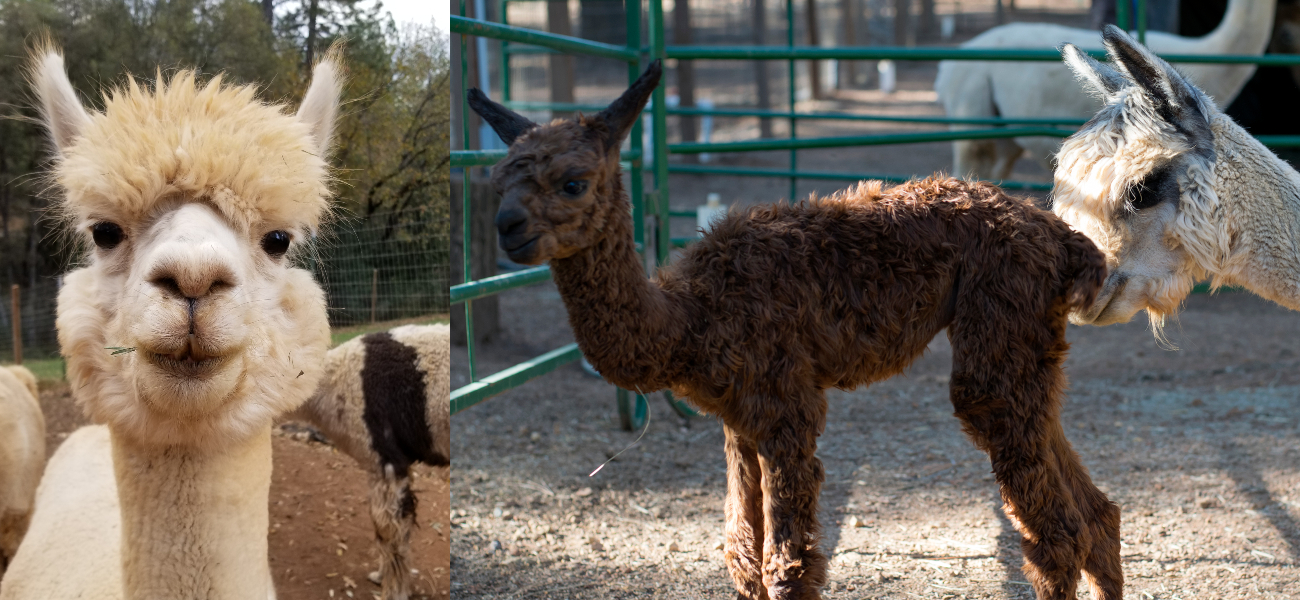
For Cynthia and Howard, this isn’t the first cria or baby alpaca they’ve kept an eye on as it’s gotten its legs. Howard has served as the “midwife” for all of the births on-site, stepping in as needed, but mostly just being present. He talks with calm confidence about working with new mothers – checking their milk flow and making sure the newborn cria latches on. Twenty-five years ago, this probably wasn’t the life either of them imagined they’d be sharing.
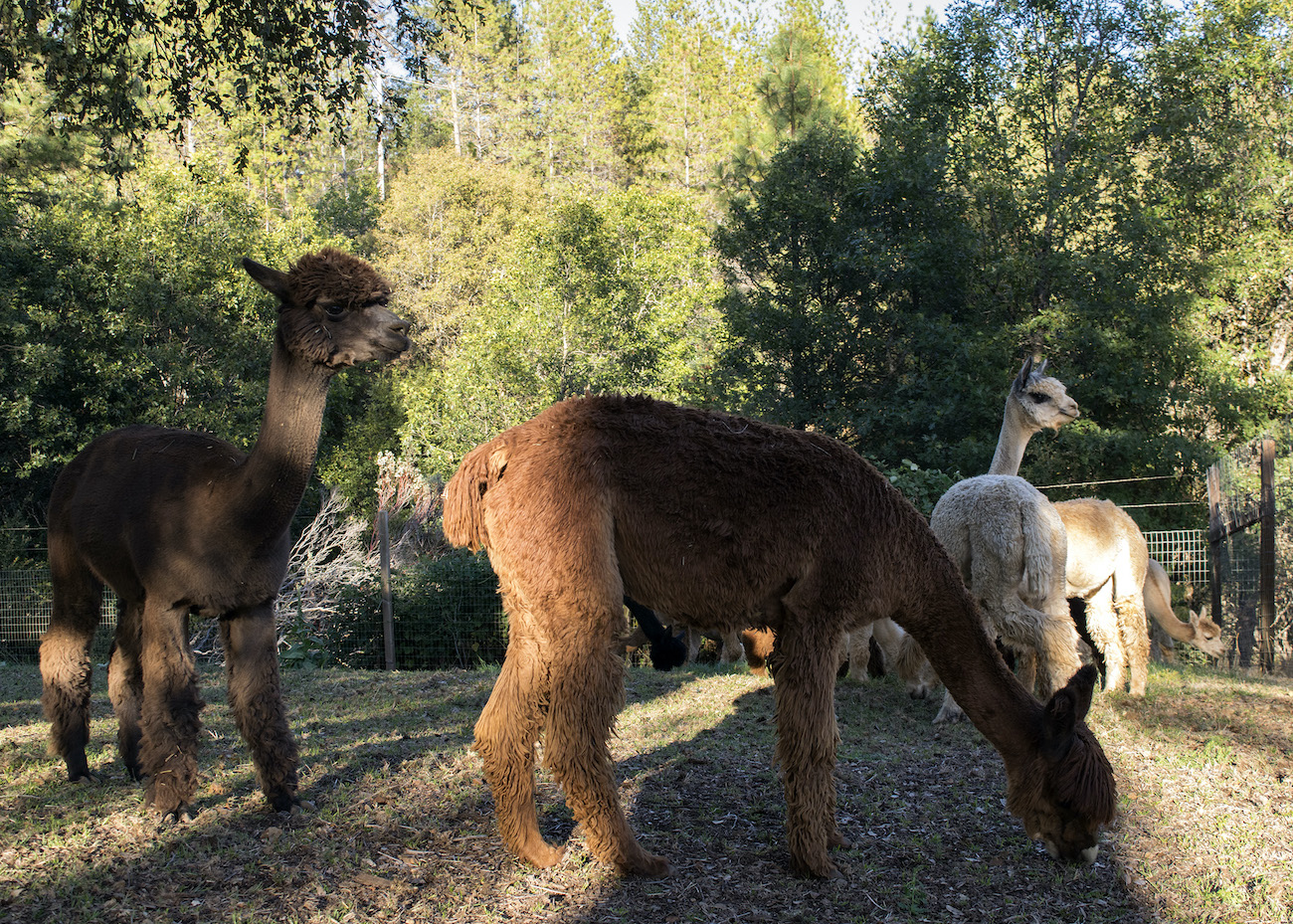
The Kuhlmann’s interest in alpacas began around 2006 when Howard started considering life after retirement. Looking through a magazine, Cynthia saw a photo of an alpaca and essentially said: “How about this?” Initially, Howard was hesitant, but despite neither of them having a background in agriculture, they decided to leap into something different, a nature-based lifestyle. Over several years, they researched properties that would be conducive to raising alpacas and growing a garden. Since alpacas don’t do well in humidity or extreme weather, they were looking for an area with the right balance of seasons, space, and belonging. When Cynthia describes finding their home, she smiles a bit and says, “We wanted our hearts to sing there.” They found all of that in the foothills of the Sierras. After spending the first three years on the property clearing brush, thinning trees, and getting the infrastructure in place for their home and their herd, Cynthia and Howard were able to launch Sierra Rose Alpacas naming it for the region, the flower, and for the way, the phrase rolls off your tongue. “It’s euphonious.”
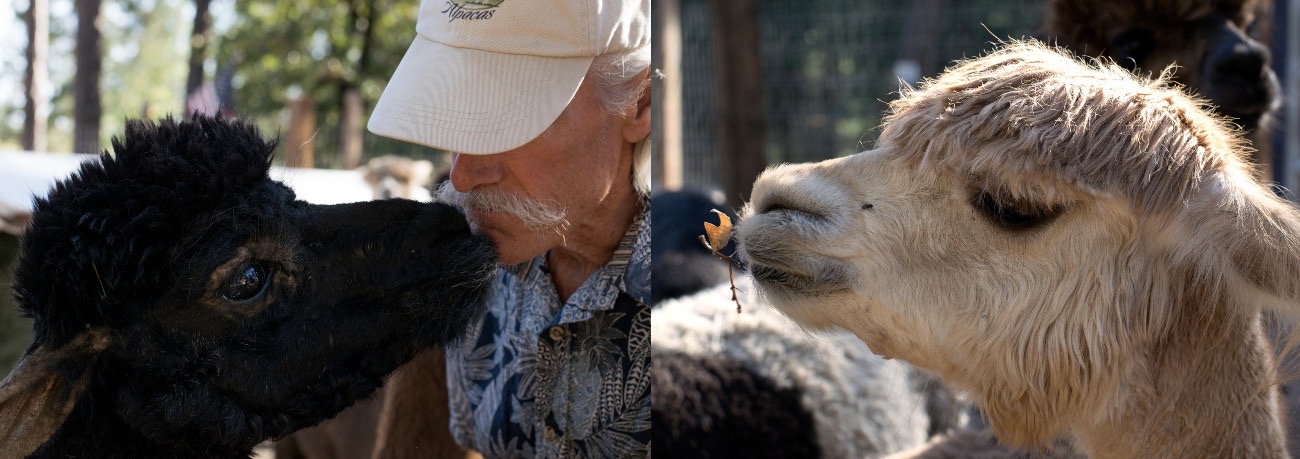
Since those beginnings, Sierra Rose Alpacas has grown into a ranch that’s home to 35 alpacas, four chickens, and four cats. The alpacas are a combination of Suri and Huacaya, with the distinction between the two breeds being predominately in the fiber. Suri alapacas have more luster and a fleece that lays closer to their skin. The Huacayas have a fluffier fleece and are the more commonly recognized of the two. From years of working with these animals, Cynthia and Howard have developed a system of handling that is rooted in trust. As Howard describes it, “We work at making our animals comfortable with us being around them so that they trust us. We don’t betray that trust by trying to touch them outside of the catch pen. Typically we run them into the catch pen, and they know that is the area they’ll be touched. It has taken years to get where I am with them. Trust doesn’t come easy with alpacas.”
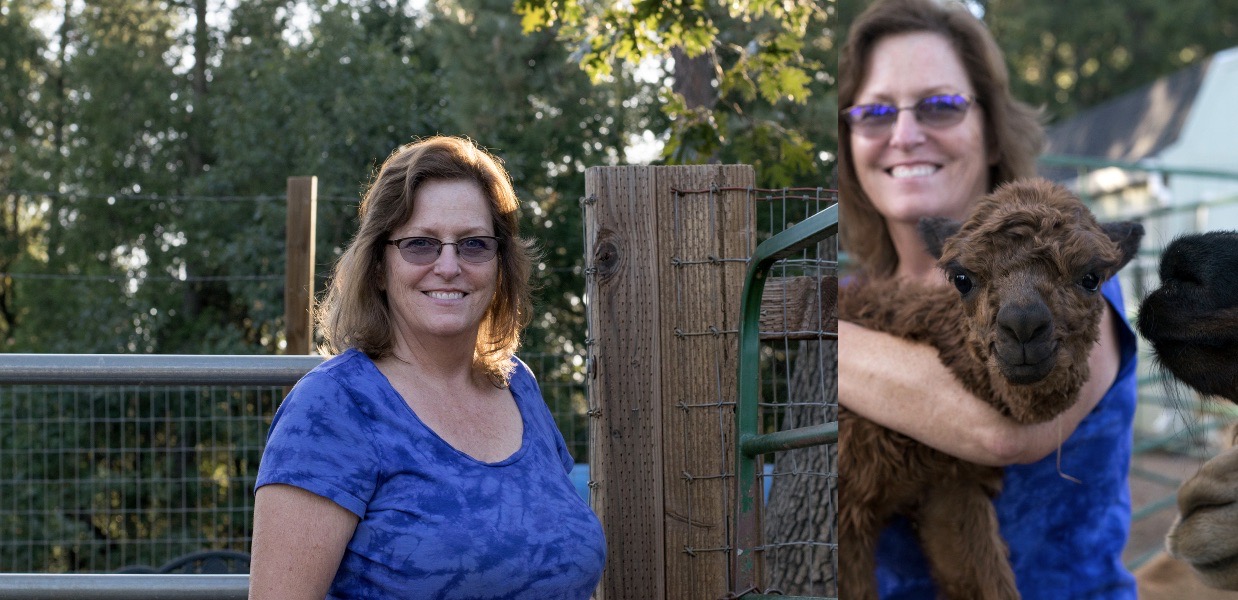
Building Trust with the Alpaca Herd
That trust is evident, as Cynthia and Howard move through the herd. The alpacas are inquisitive, but not bothered by their proximity. Similarly, Cynthia and Howard are at ease calling each animal by name, citing their particular personality quirks and health history. Every day they are in the pastures and paddocks with the alpacas, feeding, watering, and doing various seasonal tasks. Like most people in animal husbandry, they keep an eye to the task and an eye to the animals. With alpacas, their noses, ears, and general behavior are all signs of their health and well-being. If the ears are back, they’re relaxed. If the ears are up, they’re curious. If the ears are all the way back and their nose is up, it’s a sign of aggression. If Cynthia or Howard notice new mannerisms develop or a health issue presents itself, there are a range of approaches they can take from adjusting social groupings to calling in their local veterinarian.
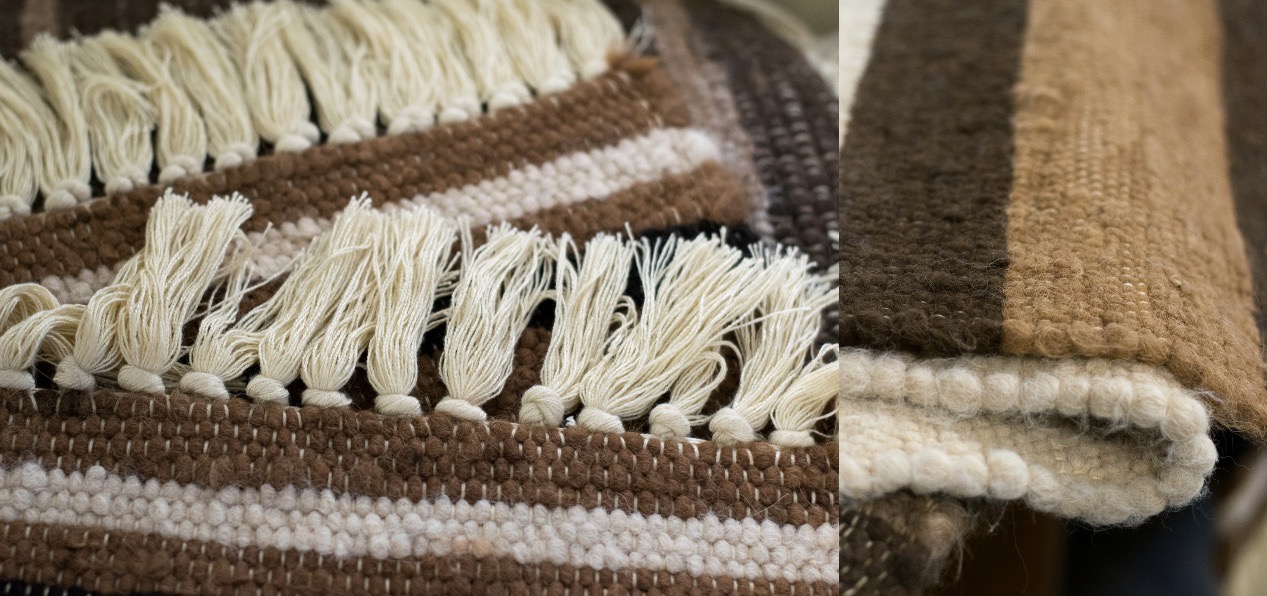
This concern and investment in the herd have found its way into their breeding program. As Cynthia puts it “As an alpaca ages, in general, their fiber gets more coarse.” While the coarse fiber will get used for rugs and felting projects, the goal of the ranch is to produce the finest fiber possible while maintaining consistency across the blanket. For alpacas, the “blanket” refers to the area of the animal from its front shoulders to its hips and down to the middle of its sides. “On our ranch, our goal has been to retain or retaining fineness. We have six animals on our property that are in the top 1% in the US for the fineness of their fiber. That fiber is under 23 microns. So we breed those to each other, so they have 1% babies.” With this equation, there are big implications to the word “retaining.” Though Cynthia and Howard breed and sell alpacas, they also plan to keep their animals for the duration of the alpaca’s life (usually 15–20 years). If the herd maintains high-quality fiber longer into their lives, they continue to be viable fiber animals. It means the herd doesn’t have to be culled or added to. It’s a breeding decision that is both practical and heartfelt.
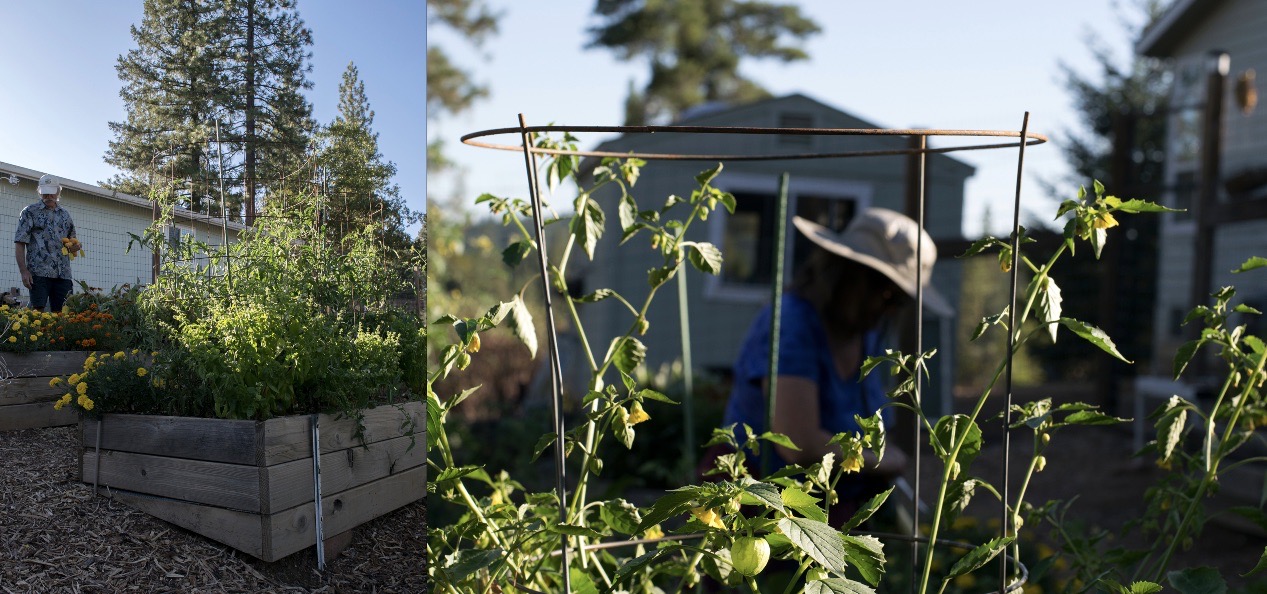
When talking about fiber quality and micron counts, Cynthia confesses that they “didn’t get into it for the fleece at all.” “We got into it for the animals. We love the animals. Fleece wasn’t even on the radar. As time went on, we were getting a lot of fleece and learning. We moved into the fleece side of things after having animals for three or four years. Then, just in the last year, Howard got into plant dyes.” As Howard walks through the garden, he points out flowers going to seed, a zucchini that got away, and the subtle shifts in colors. His planting strategies are both with an eye to color and the pollinators supporting the ecosystem: “We have native bees. There are carpenter bees and leaf-cutting bees.” Playing with pH, mordant, and over-dyes, Howard points out that the variation in colors is a part of the process and distinction of plant dyes. “I don’t try to get color that’s consistent. If you want that, you can buy commercial yarns. If you’re looking for natural variation, this is where it shows up.” Howard’s dyers notes are detailed and informative, translating to the tags on each skein of yarn. With the name of the alpaca the fibre came from, paired with the plants that created the dye, the yarn is truly an extension of the care and consideration that Cynthia and Howard put into their property and the herd they maintain.
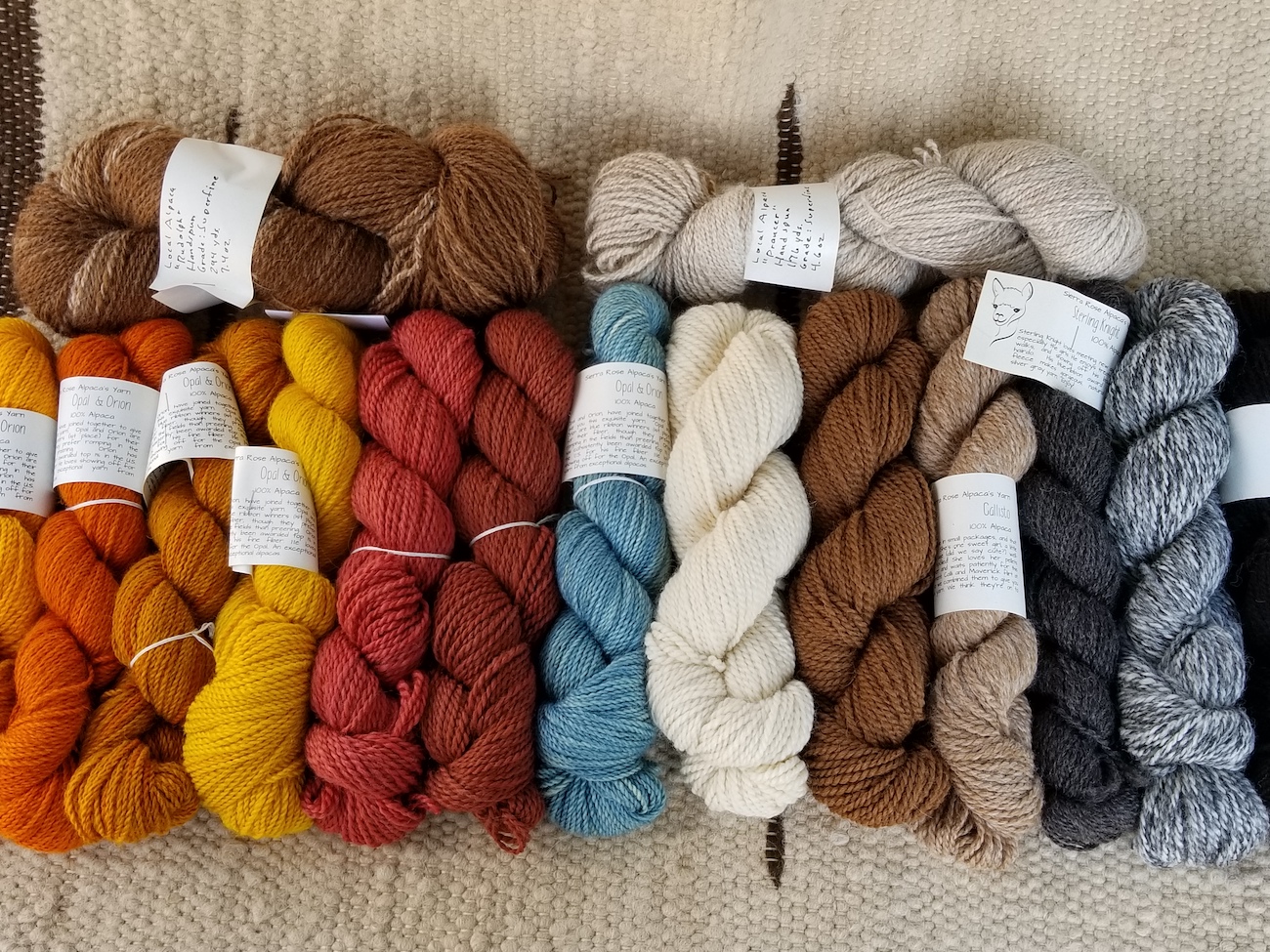
To purchase Sierra Rose Alpacas yarn, rugs, fibers, or knit goods, visit their website. They also host seasonal events on their property and can be found at local markets and sales. Learn more about Fibershed’s Producer Program, a membership-based network of farmers, ranchers, designers, sewers, weavers, knitters, felters, spinners, mill owners and natural dyers living and working within 51 counties in the North and Central regions of California.
Read more about incredible alpaca farms here.

